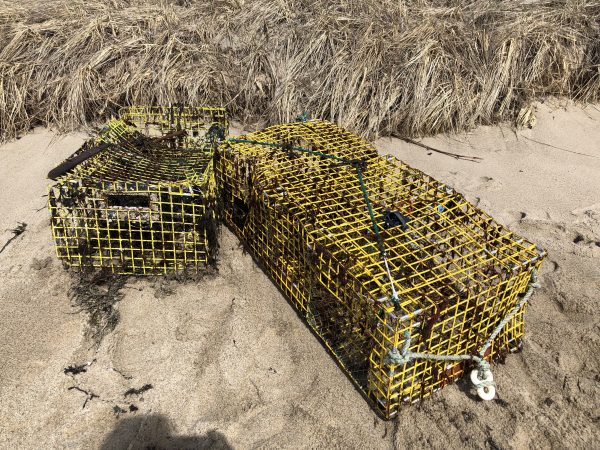In Maine for April Vacation!
The weather is, uh… well it’s only snowed once up here. It’s good to be at the ocean any time of year, and with a cold wet spring like this one, t-shirt weather in May (MAY, New England, NOT JULY) will feel even more joyous. Like how good it feels to stop running after a half marathon. Without the half marathon, stopping isn’t so special.
That t-shirt weather is going to feel pretty special this year.
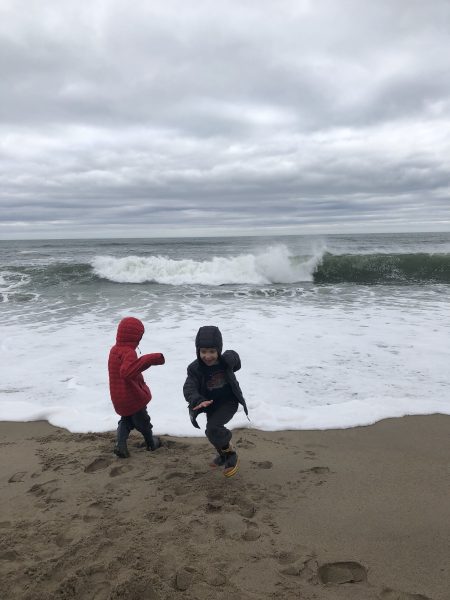
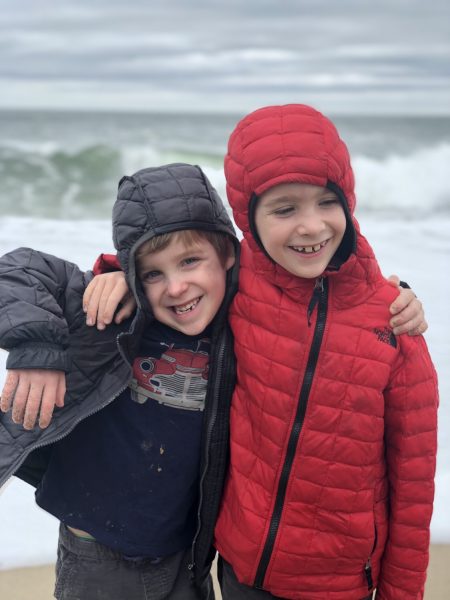
I’ve fit in a couple workouts despite vacation week. Turns out my kids are more than happy to hang out and watch me do treadmill intervals if it means iPad time. If they’re going to have some screen time anyway, I might as well get my miles in while they do it!
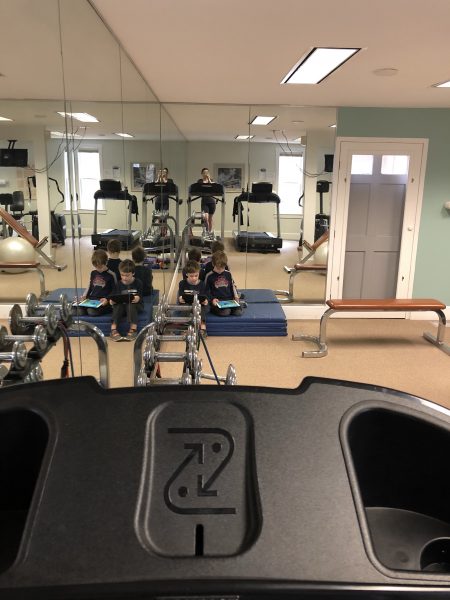
The storms and high waves this week brought up more than the usual amount of trash onto our beach – and larger things. I hauled not one, but two dilapidated lobster traps out of the ocean Wednesday morning. Maybe this shouldn’t surprise me after reading “Maine Voices: A million lost lobster traps wash debris ashore” in the Portland Press Herald.
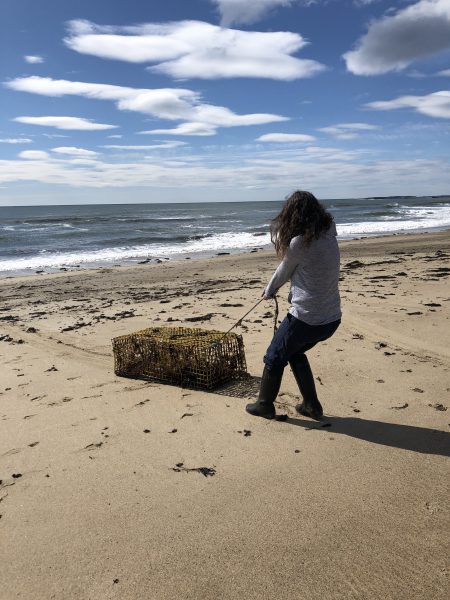
Part of the trouble with lobster traps is that they continue catching lobsters and other marine life after a storm yanks them from their lobster buoys.
But another problem is the plastic parts all over the traps. As I learned watching A Plastic Ocean, plastic doesn’t break down in the ocean so much as it breaks up. The corrosive salt water, sun, and wave action breaks plastic pieces like the lobster trap door and all the pieces of plastic holding the metal sides together, into small pieces. Those pieces are porous, and chemicals and toxins stick to their surfaces. Marine animals eat the plastic and if the accumulating plastic in their stomachs doesn’t kill them, sometimes the toxins on the plastic will.
Read this 2016 article from CNN about albatross dying from stomachs loaded with plastic. It’s devastating.
Not only that, if you and your loved ones are eating sea creatures, you’re consuming the toxins that are attached to the plastic they’re eating and accumulating in their fatty tissues. Mercury isn’t the only concern when it comes to seafood anymore. NPR wrote an article about How The Plastic In the Oceans Is Contaminating Your Seafood.
It’s scary stuff if you’re a parent feeding your kids what you’ve been told is “brain food”.
How can you help?
Well, this isn’t going to be very popular with some of my fellow Mainers, but eat less lobster (and less seafood in general) for one. Maine has plenty of delicious foods besides lobster. Try a vegan potato based donut at the Holy Donut, pick blueberries in season at one of the many beautiful pick-your-own farms, or get Maple Syrup at a tapping party. Or maybe you want to try some Maine seaweed – there’s an ocean product that’s not part of the plastic-eating food chain!
You can also help keep plastic out of the ocean by refusing single-use plastic items. Say no-thanks to straws, bring your own water bottle and reusable bags, and try to buy bulk foods that aren’t sold wrapped in plastic.
And if you see trash on the beach, why not bring a bucket and pick it up? My mom fills buckets and buckets with trash all year round on the beach. I have no doubt that she has single-handedly hauled a dumpster’s worth of trash off the beach where it won’t wash back into the oceans. She’s a hero, and she had the sand between her toes and the scent of the ocean surrounding her when she did it. (It can be a good gig.)
Now, the traps don’t fit in a bucket, so I reached out to the local police station who put me in touch with their Marine Resource Officer so we can try to get these off the beach before they wash back in.
That helps, too.
